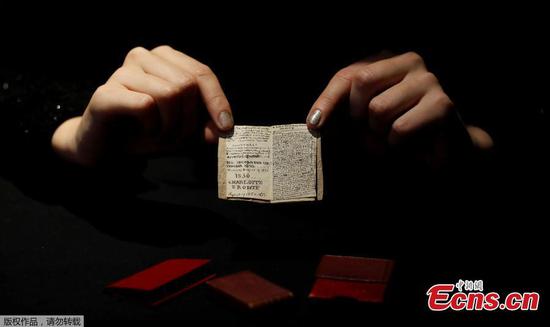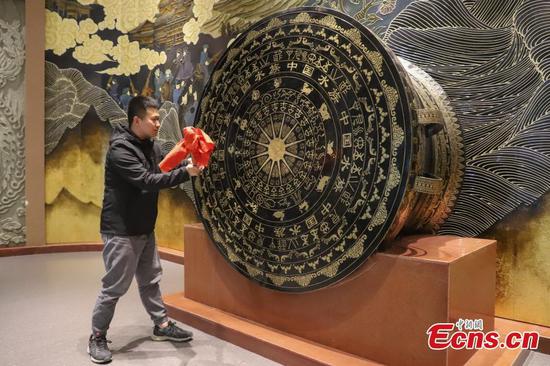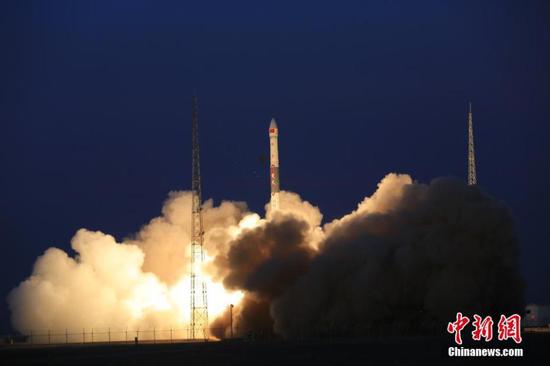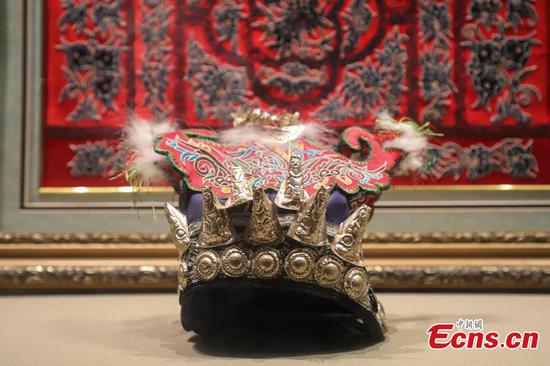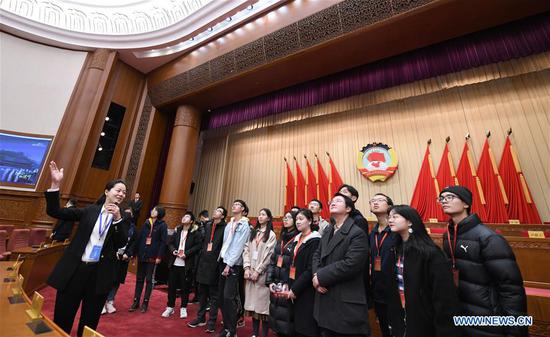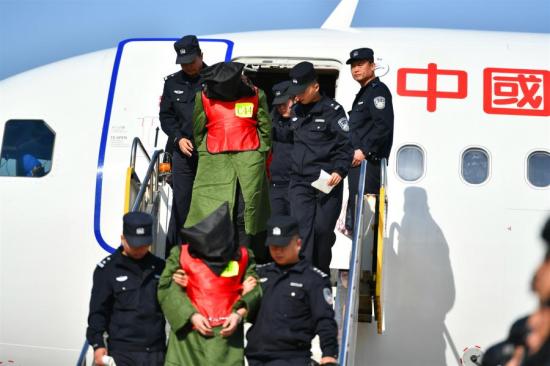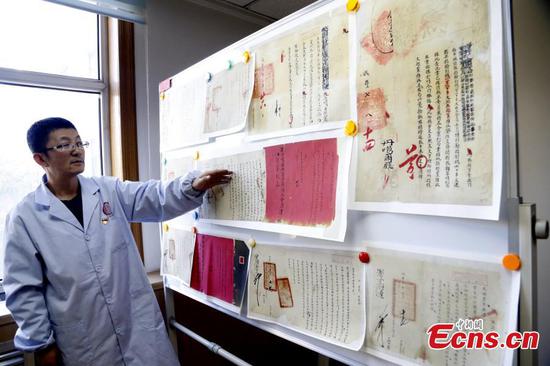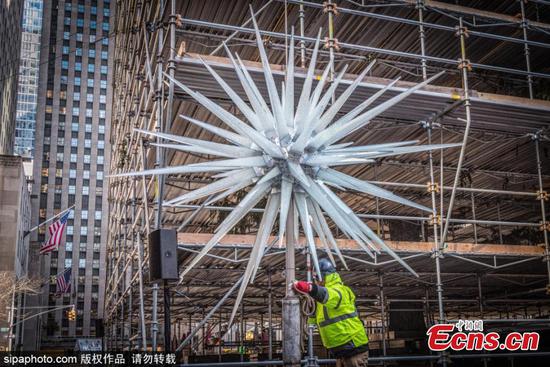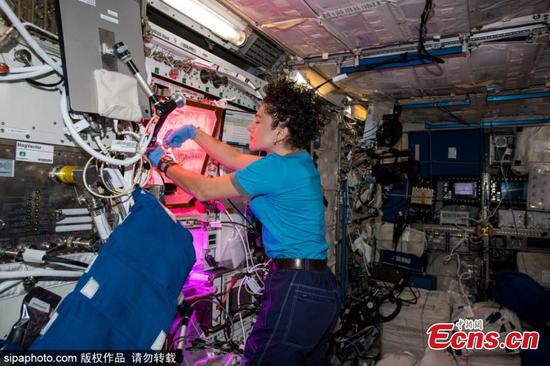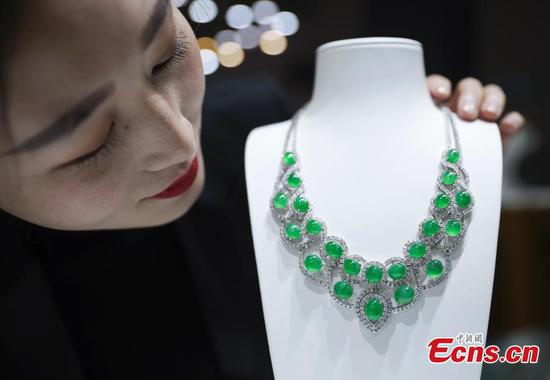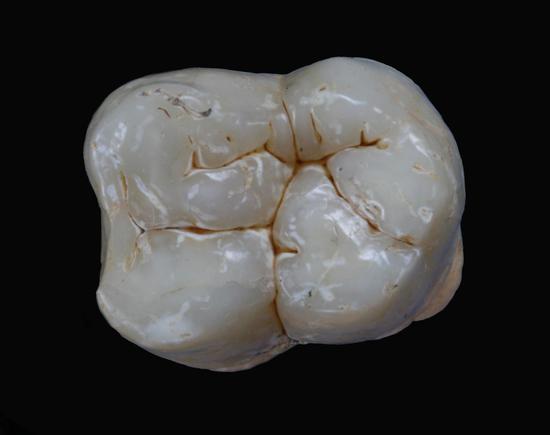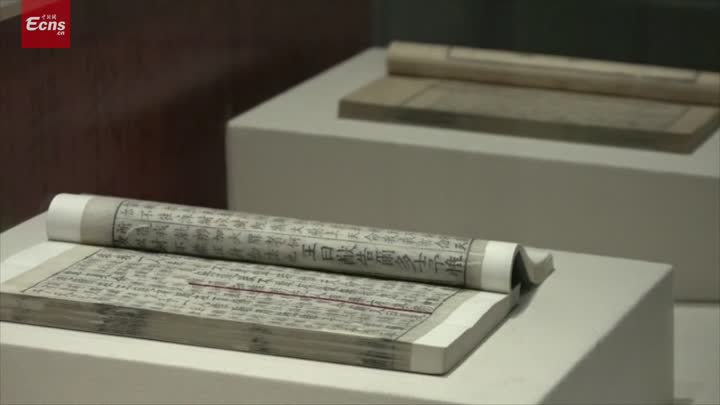The People's Bank of China, the central bank, lowered a key interbank interest rate on Monday, the first such easing in four years as policymakers signaled their intention to enact necessary steps to ensure sufficient liquidity and prop up growth.
The seven-day reverse repurchase rate, a liquidity tool used as an open market operation, was reduced to 2.5 percent from 2.55 percent, the first such cut since October 2015. The central bank also injected 180 billion yuan ($25.74 billion) into the interbank market at the new rate.
Analysts said the move is more of a policy fine-tuning, aimed at strengthening the market's confidence on liquidity, instead of the aggressive stimulus or high-profile monetary easing.
The reverse repurchase rate was lowered two weeks after the PBOC cut the borrowing cost on its medium-term lending facility (MLF) loans-another monetary policy tool indicating the central bank's lending price to commercial banks, by the same margin. It also injected $29 billion of medium-term funds on Friday.
A series of monetary policy operations, especially through coordination of open market and MLF tools, will work together to ensure sufficient liquidity in the financial sector, sending a message that the PBOC is increasing countercyclical adjustments to spur economic growth, said Wen Bin, chief researcher at China Minsheng Bank.
A similar policy stance was evident in the PBOC's third-quarter monetary policy, which was released on Saturday. The report said monetary policy should properly handle the short-term pressure, although the scope for policy maneuvers is limited. The policy should also prevent the spread of inflation expectations.
Monday's cut of the reverse repurchase rate has cheered the bond market, indicated by a more than 0.4 percent increase of delivery of the bench mark 10-year treasury futures. However, allowing the interbank interest rate to influence the bank loan rates may be not that easy, said Zhang Xu, an analyst with the Everbright Securities.
"The separation between the interbank market and the bank loan market may reduce the efficiency of the transmission of the monetary policy," he said.
The PBOC plans to release the one-year loan prime rate (LPR) on Wednesday. The LPR is a newly established bench mark to better indicate the real lending cost to companies. Analysts expect a similar adjustment in LPR. The rate for the one-year fixing currently stands at 4.2 percent, while the five-year rate is 4.85 percent.
"The next reporting of LPR on Wednesday-the fourth time since the new interest rate mechanism was introduced, will be significant, which will show the transmission scheme between the MLF rate and the LPR rate," said Wen, who predicted that the one-year LPR will be lowered to 4.15 percent.
Beside the recent rate adjustments, the second phase of the scheduled targeted reserve requirement ratio (RRR) cut for some city commercial banks announced on Sept 6 became effective on Friday, injecting another 40 billion yuan of liquidity into the system, according to the PBOC.
Chinese monetary authorities face the dilemma of growth slowdown risks amid a rise in consumer inflation, but in order to stabilize growth, the policy markets are expected to do more to bolster growth, according to a research note from the Nomura Securities.










